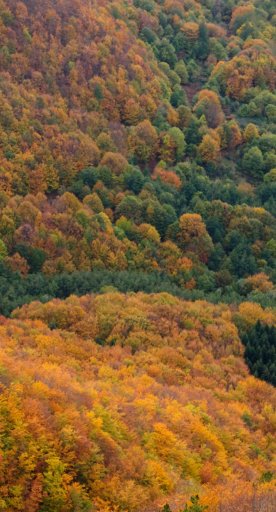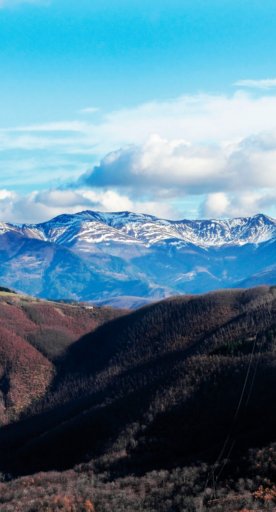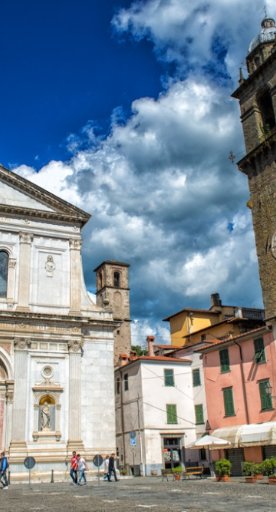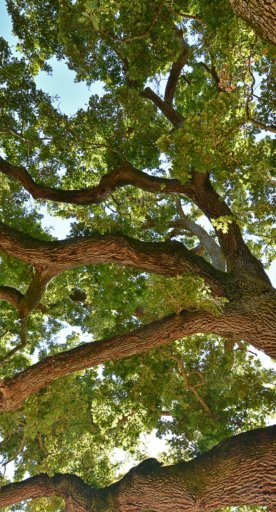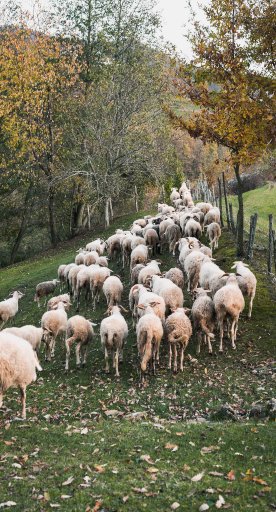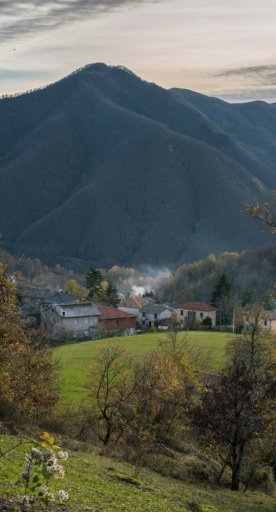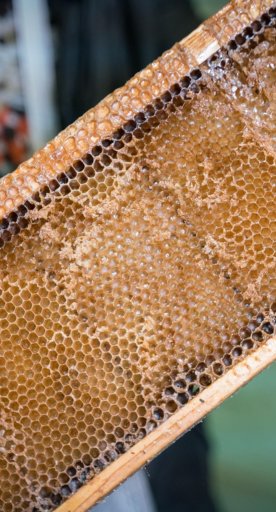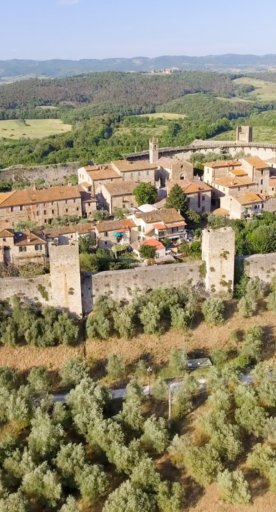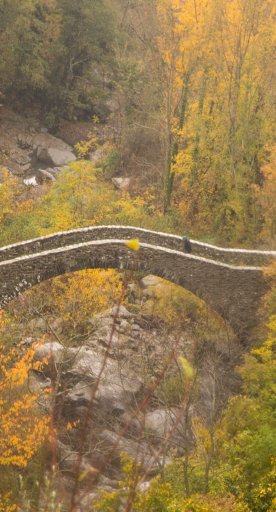
The 3 Slow Food presidia in Lunigiana
A journey of taste among the ancient and traditional flavors of the area
Lunigiana, a historic border land, preserves also in its gastronomy centuries-old contaminations between different territories, people and periods. Many tasty stops can constitute a real journey in search of traditional recipes still cooked as in the past.
On the same day it is possible to switch from the herb cake to the panigaccio, from the sgabèo to the focaccette, not to mention desserts and many other delicacies.
Furthermore, one of the symbols of Lunigiana cuisine occurs in many preparations: the "testo", a circular cast iron pan/oven that is placed on the fire and is made up of two parts. The lower part, called the "sottono", where the food is placed, and the upper part, called the "soprano", which acts as a lid and maintains the heat.
For a journey through the flavors of Lunigiana, you can only start with the 3 Slow Food Presidia, rare and excellent products that deserve to be handed down and safeguarded: the artisanal Testarolo of Pontremoli, the Marocca of Casola in Lunigiana and the Lamb of Zeri.
-
1.The artisan testaroli of Pontremoli
-
2.The Marocca of Casola in Lunigiana
-
3.The Lamb of Zeri
The artisan testaroli of Pontremoli
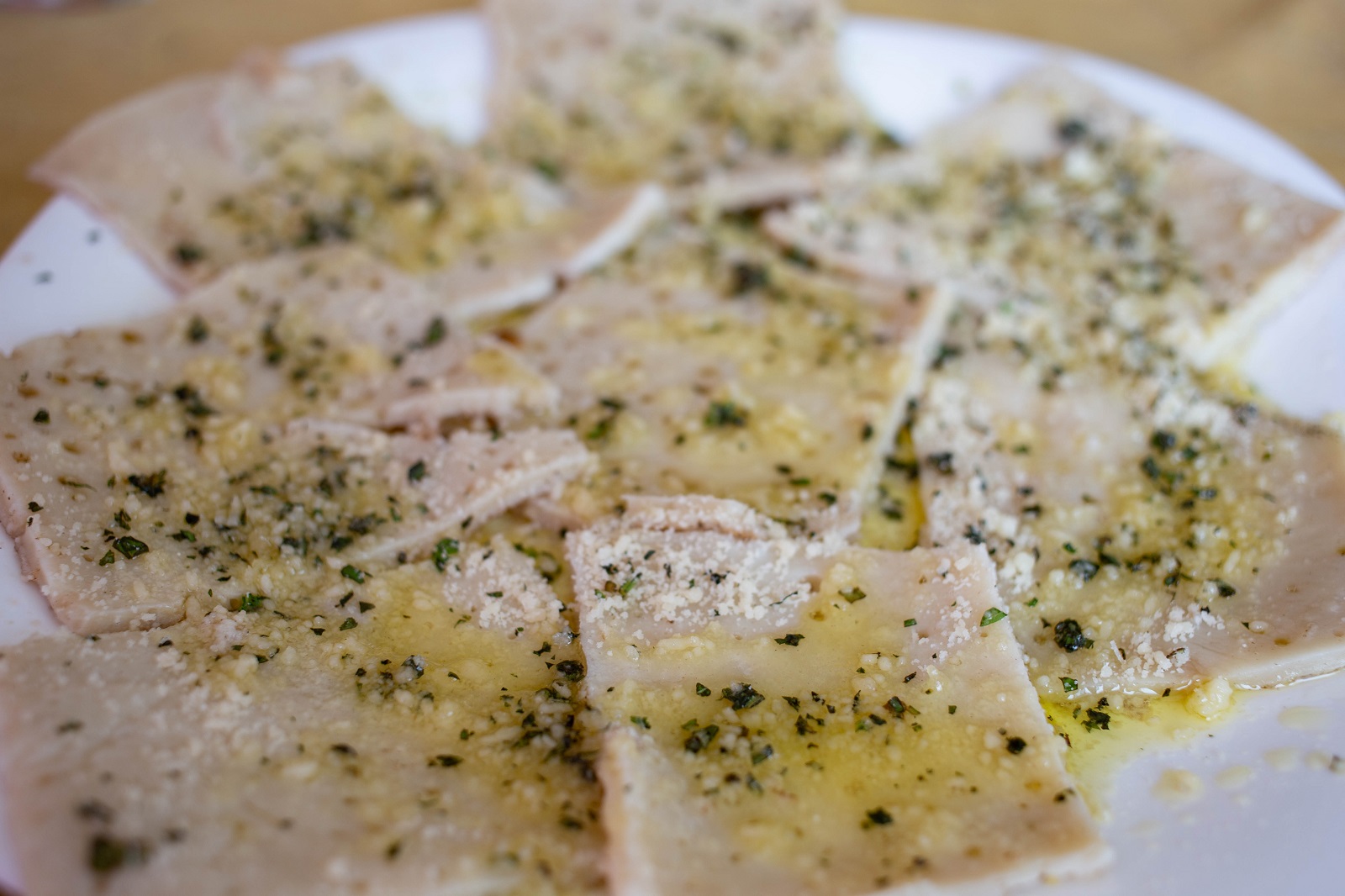
The Testarolo of Pontremoli is a special type of pasta whose peculiarity is the expert artisanal cooking which is still carried out in the "testi": the two cast iron elements, the sottano and the soprano, are made red-hot on a wood fire, then inside it is poured a batter of flour, water and salt which, in a few seconds thanks to the high temperature, transforms into a soft and spongy dough with a circular shape.
Tradition dictates that testarolo is then cooked like pasta: it is then cut into diamond shapes, blanched in salted water for a few minutes and seasoned with oil and cheese, meat or mushroom sauces. But nothing stops you from toasting it lightly and pairing it with cured meats and cheeses for a tasty savory dish.
The Marocca of Casola in Lunigiana
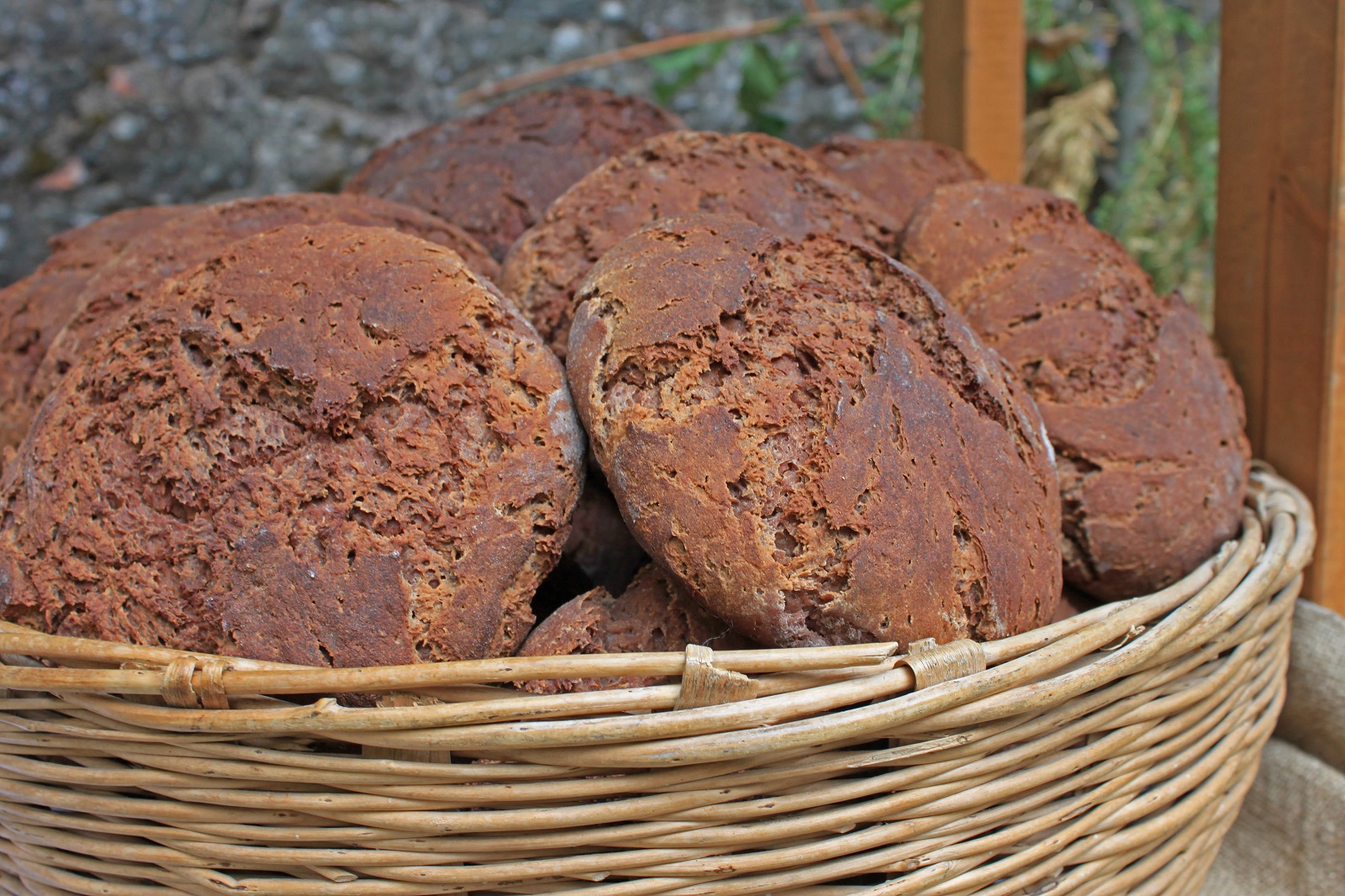
This ancient chestnut flour bread was born in Casola in Lunigiana, located in the side valley at the confluence between the Tassonaro stream and the Aulella stream, in front of the peaks of the Tuscan-Emilian Apennines National Park. In the past, the only flour available here for bread was chestnut flour (the chestnut was in fact called "breadfruit"). To produce the flour, the "chestnut civilization" was busy all year round: from the harvest in autumn, to the slow fire drying in the "gradili", to the cleaning in which everyone was called to participate. The fruits were then taken to water mills for grinding.
To create the bread, chestnut flour was mixed with potatoes, which gave the typical spongy internal consistency. The exterior, however, is particularly hard and seems to have been defined with the dialectal term "marocat", that is, not very malleable, from which the name Marocca probably derives.
To date, only one oven in Casola regularly cooks marocca, which conquers for its simplicity and tastiness in combinations: from extra virgin olive oil to cheeses, to honey and without forgetting the Lardo di Colonnata.
The Lamb of Zeri
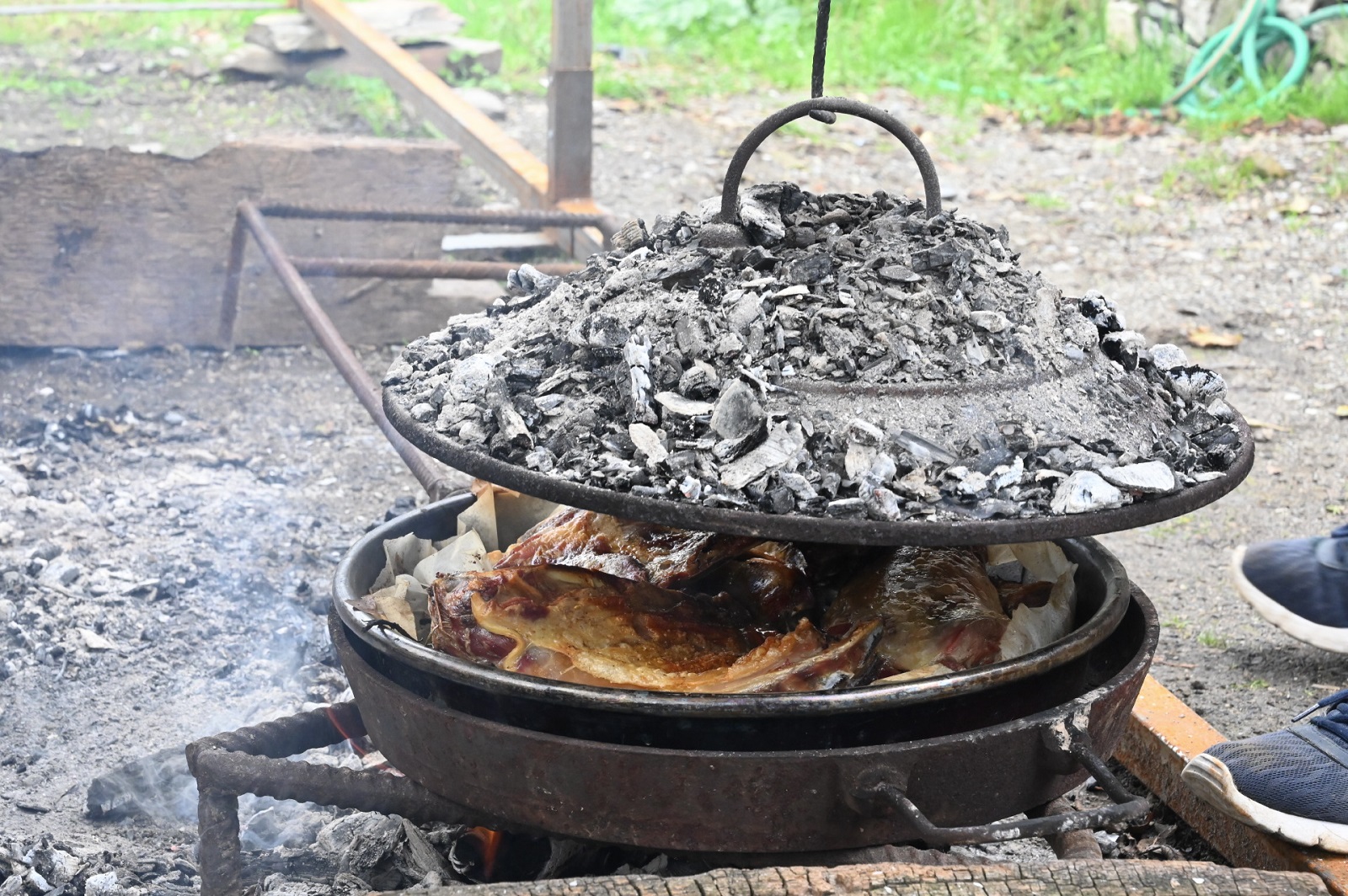
We move to Zeri, the westernmost municipality in Tuscany. Here, among wide valleys embraced by the Ligurian Apennines, there are pastures that are home to a native sheep breed, the Zerasca. The geographical isolation of this territory has meant that this breed has maintained its genetic characteristics of a medium-large sized rustic sheep with a white coat. In Zeri, the lambs live among organic pastures in a bucolic context that is not very man-made, feeding on their mother's milk, particularly rich in protein, which makes the meat tender and fragrant.
A fundamental step in the traditional recipe is cooking the meat on the fire in cast iron "testi", accompanied by mountain potatoes.
What’s nearby?







